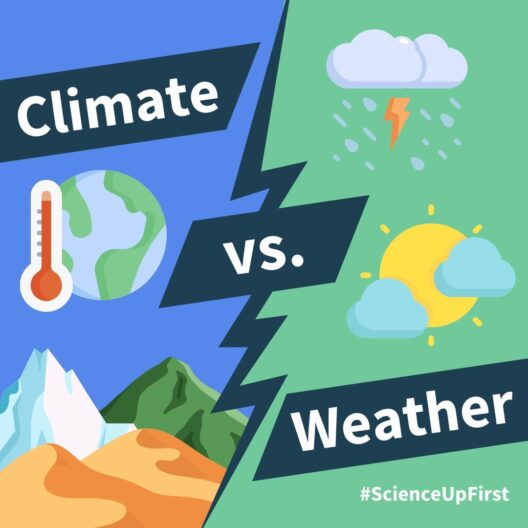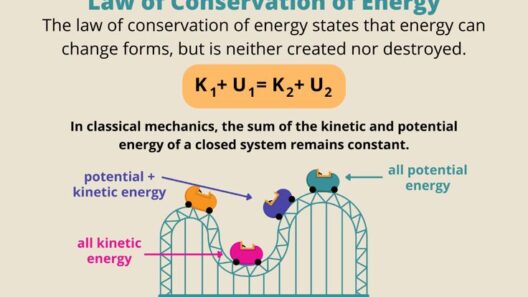Energy conservation is a crucial element in the pursuit of sustainable living, particularly for those with active lifestyles and unique situational challenges. As individuals increasingly prioritize fitness, recreation, and an environmentally conscious existence, understanding how to effectively conserve energy not only facilitates personal goals but also contributes to the overarching fight against climate change. Implementing practical strategies can amplify the benefits of energy conservation across various facets of life.
First and foremost, it is essential to recognize that energy conservation for active lifestyles is not merely a theoretical concept but a tangible reality that can be interwoven into daily routines. Individuals engaged in frequent physical activity, whether it be running, cycling, or group fitness classes, can adopt energy-efficient practices even in their pursuit of health. For instance, using public transportation or carpooling to reach a workout destination effectively reduces carbon emissions. This strategy not only conserves fuel but also diminishes the overall environmental footprint associated with individual travel.
Moreover, the concept of energy conservation extends beyond transportation. Home energy management plays a pivotal role. Active individuals often require facilities that accommodate their athletic endeavors, whether it’s a gym, a yoga studio, or a swimming pool. By advocating for energy-efficient facilities—those that incorporate renewable energy sources or utilize energy-efficient appliances—participants can support environments that align with their values. Choosing to train at establishments that prioritize sustainability fosters community-wide responsibility and encourages others to recognize the need for energy conservation.
In addition to transportation and facility choices, the use of technology presents an avenue for energy conservation in active lifestyles. Wearable devices and fitness apps enable individuals to track their workouts while also providing insights into their energy expenditures. By monitoring physical activity levels and recognizing patterns, one can devise strategies to maintain energy efficiency, such as optimizing workout times for minimal energy usage or selecting outdoor activities that leverage natural sunlight.
Unique situations often necessitate novel approaches to energy conservation. For travelers, especially those who enjoy adventure sports such as hiking, skiing, or mountain biking, understanding how to minimize energy usage while exploring can be particularly beneficial. One effective practice is to utilize eco-friendly travel methods. For instance, utilizing bicycles for short distances eliminates reliance on motorized transportation, which reduces energy consumption and enhances physical fitness simultaneously.
Additionally, when planning outdoor excursions, individuals can adopt a leave-no-trace philosophy. This approach minimizes environmental impact by encouraging participants to stay on designated trails, not disturb wildlife, and carry out all waste. By respecting natural habitats and emphasizing sustainable practices, active individuals ensure that they contribute positively to the environment while enjoying their pursuits.
Furthermore, when engaging in energy-intensive activities, such as weight training or high-intensity interval training (HIIT), being conscious of time and environmental factors can enhance energy conservation efforts. Opting for training sessions during daylight hours allows individuals to rely on natural lighting, decreasing reliance on artificial light sources. This simple decision can significantly reduce energy expenditure over time while still providing a robust workout experience.
Nutrition also plays a critical role in the synergy between energy conservation and active lifestyles. Emphasizing local, organic foods can help reduce the energy costs associated with transportation and industrial farming. Opting for plant-based diets not only bolsters health and athletic performance but substantially curtails the energy-intensive processes associated with animal agriculture. By embracing a diet that prioritizes seasonal produce and minimizes packaged foods, active individuals can further their environmental stewardship.
Another crucial consideration is the integration of energy conservation principles into home fitness routines. As enthusiasm for home workouts flourishes, it is essential to be mindful of energy usage. Utilizing energy-efficient equipment or performing bodyweight exercises can significantly reduce electricity consumption. Moreover, arranging exercise sessions that harness natural ventilation and light can create a more sustainable workout environment, thereby promoting energy conservation efforts.
Active individuals might also find community engagement essential in fostering energy conservation values. Participating in local clean-up efforts, fitness challenges that incorporate sustainability themes, or advocating for greener community infrastructure amplifies awareness and inspires others. Sharing knowledge about energy conservation techniques that complement active lifestyles can create a ripple effect that enhances collective responsibility toward sustainable practices.
Lastly, energy conservation is not solely an individualistic endeavor. By advocating for policies and initiatives that prioritize energy efficiency in recreation facilities, transportation systems, and urban planning, active individuals can influence systemic change. Supporting legislation aimed at renewable energy, energy-efficient public transportation, and sustainable community development aligns personal values with broader environmental objectives.
In conclusion, energy conservation, particularly for those leading active lifestyles or facing unique situations, offers multifaceted opportunities to forge a sustainable path. By understanding and implementing various strategies—from transportation choices, facility engagement, and dietary habits to community involvement and advocacy—individuals can meaningfully contribute to the larger narrative of environmental stewardship. Such deliberate actions not only enhance personal well-being but also align with the collective effort needed to tackle climate change head-on. Embracing sustainability is not merely a trend but a critical component of a resilient, thriving future for both individuals and the planet.








